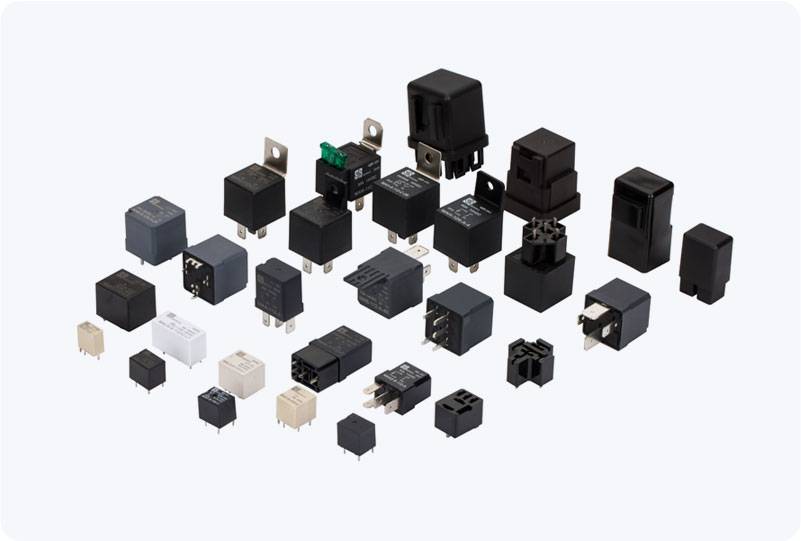The advent of electric vehicles (EVs) has brought about significant changes in the automotive industry, promising a greener and more sustainable mode of transportation. A pivotal component in the functionality and safety of these vehicles is the Battery Pack Main Relay. Often underestimated, this relay plays a fundamental role in managing the flow of electricity from the battery to various vehicle systems. This article delves into the function, importance, and operational principles of the Battery Pack Main Relay in electric vehicles.

Functionality of the Battery Pack Main Relay At its core, the Battery Pack Main Relay serves as an electrical switch that controls the connection between the high-voltage battery pack and the vehicle’s power systems. When the vehicle is turned on, the relay activates, allowing electricity to flow from the battery to the electric motor, onboard charger, and other auxiliary systems. Conversely, when the vehicle is powered down, the relay cuts off power, preventing any unintended energy draw and enhancing safety. One of its primary functions is to manage energy distribution efficiently. As electric vehicles require high-voltage systems to operate, the relay must be capable of handling large amounts of current while maintaining safety and reliability. This capability ensures that components such as the electric motor receive the proper voltage and current for optimal performance.